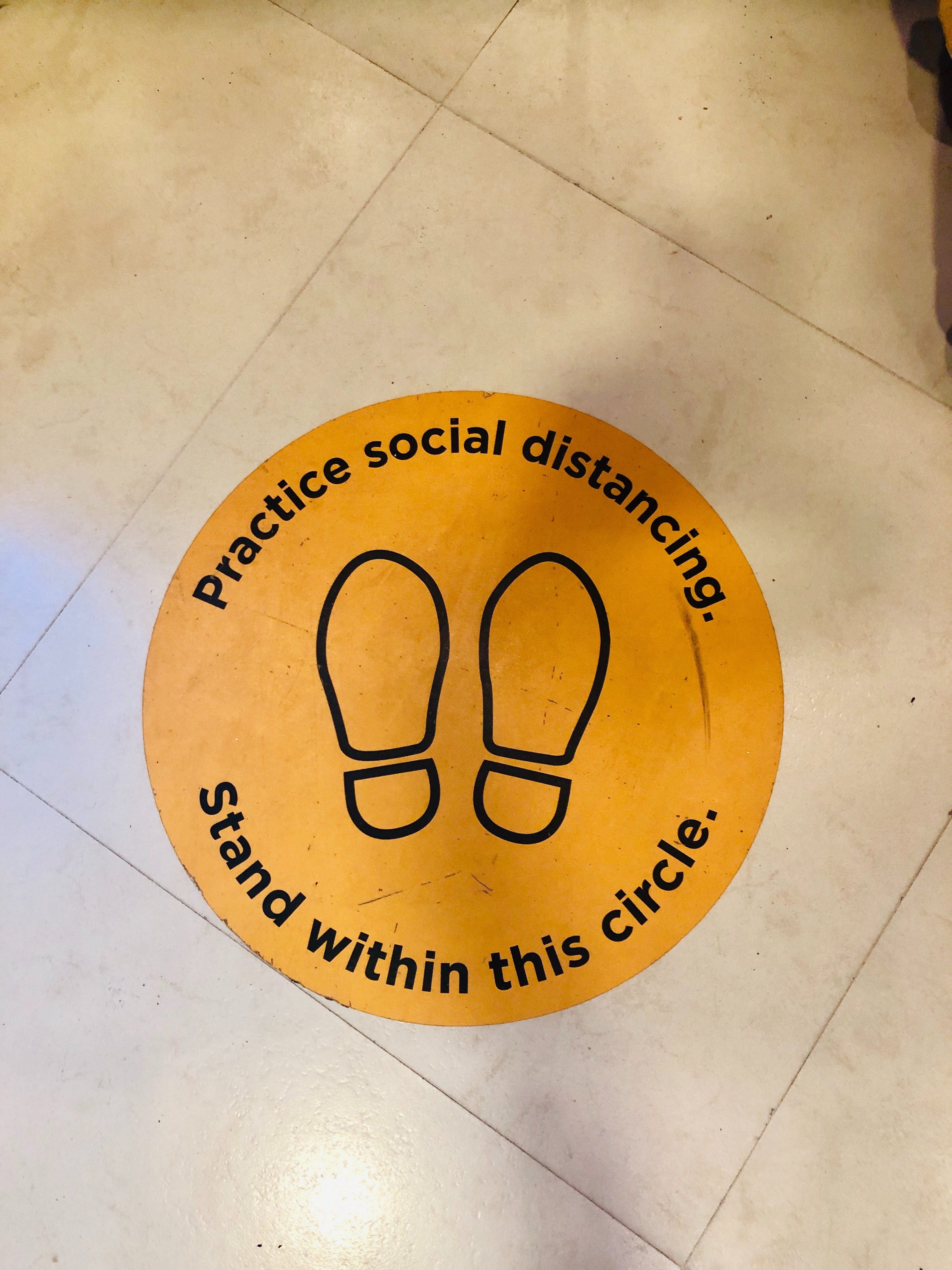Human Resource management plays a critical role in every organization. This is because HR is responsible for managing the most critical resource - the workforce - of an organization. In recent years, the use of people analytics in HR management has become increasingly popular. You may be wondering, what is people analytics? In short, it is the practice of using data and analytics to guide HR decision-making. It is a powerful tool that can help organizations optimize their human capital, reduce costs, and increase productivity.
People analytics popularity in HR management is due to its ability to provide insights into the workforce. HR professionals analyze data related to employee performance, job satisfaction, retention, and other factors, to help them identify patterns and make data-driven decisions. For example, people analytics can be used to identify the characteristics of high-performing employees, which can then be used to inform a recruiting team so they may form or adapt their hiring strategies. It can also be used to identify factors that lead to employee turnover, enabling business leaders to take corrective action.
One of the most significant benefits of people analytics is its ability to reduce bias. Human beings are prone to unconscious bias, or worse, conscious bias. This can affect the decision-making process. By using people analytics, leaders can identify and eliminate bias in areas such as recruitment and hiring process. Another example of this is it can be used to identify which recruitment channels are most effective in attracting diverse candidates. Or perhaps your business is interested in improving its performance management. People analytics can help identify which factors are most important for job performance, rather than relying on subjective criteria.
Another benefit of utilizing people analytics when managing your business is its ability to increase employee engagement and productivity. A hot topic in the HR space for 2023 is employee engagement, as according to Gallup there has been a 4% decrease in US employee engagement since 2020. Analysis your organizations data related to employee satisfaction and engagement can identify what areas need improvement. A great example of this is using analytics to identify which factors are most important to your employees for engagement. These can include job satisfaction, career development, and work-life balance. Organizations that can identify and address these areas proactively tend to create a more engaged and productive workforce.
Finally, people analytics can help organizations reduce costs related to HR management. By analyzing data related to employee turnover and absenteeism, business leaders can identify the factors that contribute to these costs. For example, people analytics can be used to identify which factors are most likely to lead to employee turnover, such as low job satisfaction, lack of career development opportunities, or poor management. By addressing these factors, organizations can reduce employee turnover and associated costs.
It is worth mentioning there are also potential downsides to people analytics. Critics argue that it can be dehumanizing, as employees are reduced to data points, while ignoring their individuality and humanity. There are also concerns about privacy and data security, and the potential for data to be used in ways that are unethical. Despite these concerns, the potential benefits of people analytics are too significant to be ignored. Leaders who can harness the power of people analytics have a competitive advantage over their competition.
In conclusion, people analytics is a powerful tool that can help organizations optimize their human capital, reduce costs, and increase productivity. As with any tool, it is important to use people analytics responsibly, and with a deep understanding of its potential impact on employees and the organization. But by using data and analytics to guide decision-making, HR professionals and business leaders can make more informed decisions and create a more engaged and productive workforce. As the use of people analytics in HR management continues to grow, it will become increasingly important for organizations to embrace this practice and incorporate it into their HR strategy.
Alex Vial
HR Advisor, HR Services
Alex obtained his Bachelor of Science in Business Administration, with a focus in Human Resource Management from The University of New Orleans. He has worked in a variety of industries, including not-for-profit organizations, Telecommunications/IT, and Solar/Renewables. In his career, he has focused on human resource and legal compliance for companies operating in multiple states, Professional Development and employee trainings, employee engagement, onboarding, offboarding, and conflict resolution. Alex believes the best part of HR is helping companies create pro-employee cultures, increasing retention and reducing recruiting costs. Alex loves tackling new challenges on behalf of his customers at empact and Crescent.
His personal philosophy is “The obstacle in the path becomes the path. Within every obstacle is an opportunity to improve our condition.” – Ryan Holiday



